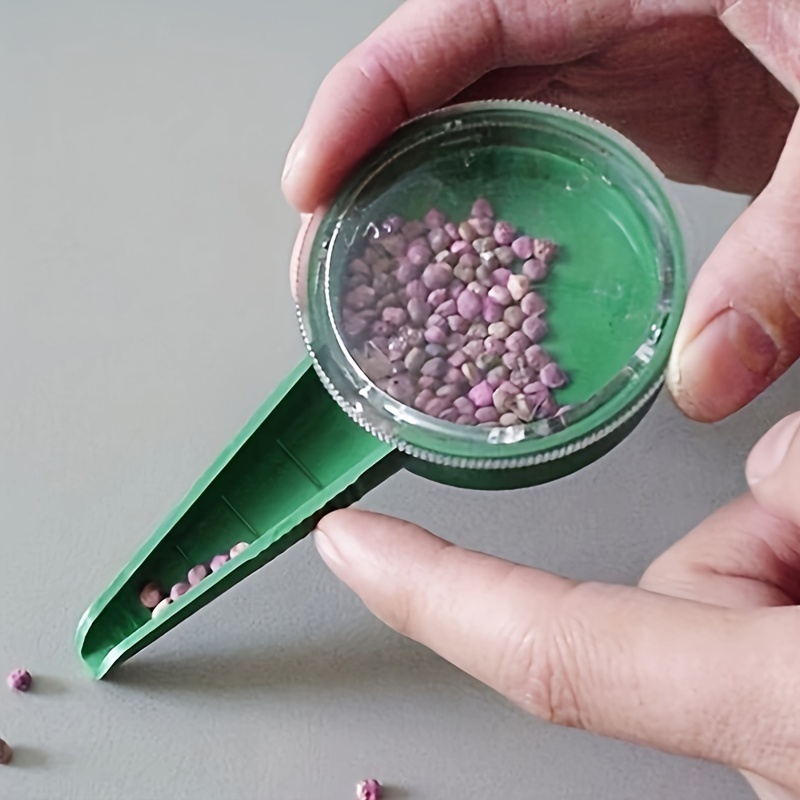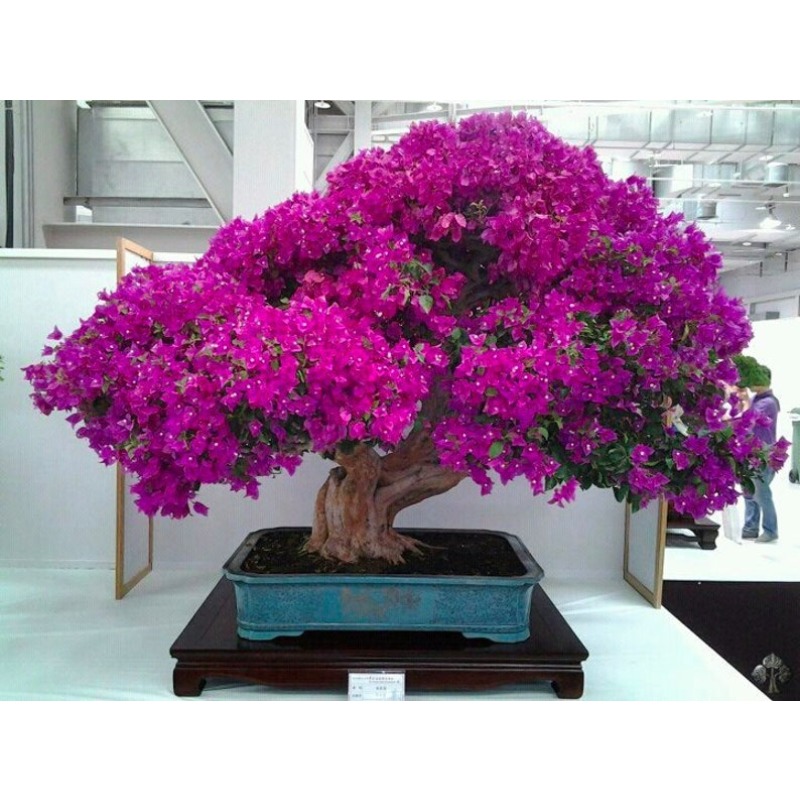Futaba Light Pink Bowl Lotus Seeds Seed(5 per packet)


Futaba
sku: PAEEG6QWFZZKNE43
ACCORDING TO OUR RECORDS THIS PRODUCT IS NOT AVAILABLE NOW
$1.06
Shipping from: India
Description
Follow the Planting Instructions Below : Follow the Planting Instructions Below : Sowing: At a proper temperature(above 16 C or 61 F) and sunshine,the seed can be sowed at any time of a year.It takes only 50 to 60 days from sowing to blossoming.It will be a little longer in autumn (60-80days), without any dormant period; Seed treatment: Cut a small hole on the sunken end of the seed; Be careful not to hurt the embryo Seed germination: In the summer, keep the seed submerged in water (20C-30C or 68 F-86F will be better),and chang the water twice a day, It will germinate in 3~7 days and grow 2~3 small leaves in two weeks . Transplanting:Two weeks before transplanting the plant, put in a half basin of garden soil or soil without any chemical pollution, immerse the soil into the water and don`t fertilize the plant. Carefully transplant the seedlings into the soil, each one in a basin. keep the leaves above the water surface. Autumn and winter management: 2-3 weeks after transplanting, fertilize the plants properly, keep the temperature above 16 C (61 F). daily care : 1) Fertilize your lotus using pond tabs. Pond tablets are specially made for use with aquatic plants. Small varieties only need about 2 tablets, but large varieties may need 4 tablets. If growing your lotus from seed, do not fertilize during the first year of growth. Begin fertilizing after a lotus tuber sprouts six leaves. Add fertilizer every three to four weeks. Stop fertilizing in the middle of July. If you do not stop, the plant will not be able to prepare for dormancy. 2) Watch for pests. Aphids and caterpillars are known to be attracted to lotus leaves, so you may need to apply a small amount of powdered pesticide to the leaves in order to kill these pests. Do not apply liquid pesticides, however, since liquid pesticides are more likely to burn the leaves.
Price history chart & currency exchange rate
Customers also viewed

36%
$2.49
1pc Mini Sowing Seed Dispenser Seed Manual Planter Garden Flower Plant Sower Hand Seeder Tool For Small Seeds
temu.com
-4%
26%
~ $2.80
20-pack T-shaped Plastic Plant Labels, Gardening Tags For Seed Marking, Garden Supplies And Tools, Durable And Reusable Material, Rectangular Shape
temu.com
-4%
18%
~ $2.56
Versatile Green Seedling Starter Kit - Durable Plastic Pot With Nutrition Cups For Cuttings, Ideal For Indoor & Outdoor Gardening Plastic Pots For Plants Seed Starter Trays Kit With Grow Light
temu.com
15%
$2.79
Versatile Green Seedling Starter Kit - Durable Plastic Pot With Nutrition Cups For Cuttings, Ideal For Indoor & Outdoor Gardening Plastic Pots For Plants Seed Starter Trays Kit With Grow Light
temu.com
-4%
14%
~ $1.25
1pc Garden Seeds Dispenser, Mini Handheld Flower Grass Syringe Seeder Garden Seeds Dispenser Sowing Supplies For Garden Seeds
temu.com
12%
$2.49
200pcs Biodegradable Seed Nursery Bags: Fabric Pots For Home Garden Supply, Biodegradable Non-woven Nursery Bags Plant Grow Bags Fabric Seedling Pots
temu.com
-4%
9%
~ $0.61
Gardening Made Easy: 1pc Seeder Tool For Adapting To Various Sizes Of Seeds And Planting In Garden Flower Pots!
temu.com
7%
$2.49
1pc, Hydroponic Grass Growing Pot For Improved Digestion And Health - Includes Greenhouse Grow Box (seeds Not Included)
temu.com
6%
$0.99
2pcs, Mini Soil Hole Punchers Plastic Seed Planters Transplanting Planting Tools For Garden
temu.com
+4%
3%
$1.83
1pc Garden Seeds Dispenser, Mini Handheld Flower Grass Syringe Seeder Garden Seeds Dispenser Sowing Supplies For Garden Seeds
temu.com
2%
$2.02
The Seeds Of Supseed Hanging Satin Flower Seeds, Vine Climbing Planting, Nurturing, Indoor And Outdoor Plants, Flowers
temu.com
+1%
1%
$2.97
50/100 Pcs Seed Envelopes, Resealable Seed Packets Envelope Self Adhesive Sealing Seed Saving Envelopes Small Brown Paper Seed Storage Envelopes 3.1x4.7 Inch For Collection Of Flower Vegetable Seeds
temu.com
1%
$2.75
1pc Hydroponic Cat Grass Planter Box - Soilless Cat Grass Growing Kit, Plastic, Seasonal Pet Treat, Garden Supplies, Seed-free (seeds Not Included), Without Battery
temu.com
1%
$1.99
(without Seeds) Cat Grass Planting Box, Planting Hydroponics Box, Garden Seed Sprouter Tray, Seed Sprouting Trays Set
temu.com
1%
$2.99
50/100pcs Preprinted Seed Envelopes - 3.15 X 2.36in, Small Kraft Paper Seed Packets With Collecting Template For Flower & Vegetable Seeds Storage
temu.com
-4%
1%
~ $1.55
20/50pcs, Resealable Cowhide Paper Self-adhesive Packaging, Seed Storage Envelope, Seed Storage Bag, Vegetable And Flower Collection
temu.com
-4%
1%
~ $3.08
1pcs/5pcs/10pcs Seed Tray, Cell Propagator Growth Thickening Seedling Start Growth Tray, With Transparent Cover Greenhouse And Garden Adjustable Window
temu.com
1%
$2.65
20 Bonsai Weeping Flowering Cherry Seed And 10 Bonsai Seed Gift Nice For Home Or Patio Order Now
temu.com
-1%
1%
~ $2.40
1pc Hydroponic Cat Grass Planter Box - Soilless Cat Grass Growing Kit, Plastic, Seasonal Pet Treat, Garden Supplies, Seed-free (seeds Not Included), Without Battery
temu.com
+16%
1%
$2.98
(without Seeds) Cat Grass Planting Box, Planting Hydroponics Box, Garden Seed Sprouter Tray, Seed Sprouting Trays Set
temu.com
-1%
1%
~ $3.12
1pc Hydroponic Cat Grass Planter Box - Soilless Cat Grass Growing Kit, Plastic, Seasonal Pet Treat, Garden Supplies, Seed-free (seeds Not Included), Without Battery
temu.com
+2%
1%
$1.87
1pc Lotus Suncatcher, Window Hanging With Metal Chain For Diy Wall Gardening Decor, Patio And Home Decor, Beach Party Decorations Accessories, Perfect Gift
temu.com
1%
$1.63
1pc Silicone Seed Germination Mat, Seed Leak-proof Silicone Mat, Household Soil-free Hydroponic Seedling Pot Special Leak-proof Mat, Food Grade Silicone Mesh
temu.com
1%
$1.47
Food-grade Silicone Seed Mat - Leakproof, Soilless Hydroponic Pad For Small , Non-toxic Garden & Lawn Care Tool (seedling Tray Not Included)
temu.com
-4%
1%
~ $2.48
1pc Cat Grass Planting Box, Planting Hydroponics Box, Garden Seed Sprouter Tray, Seed Sprouting Trays (without Seeds)
temu.com
1%
$1.69
Stylish Lotus Seed Shape Zirconia Flower Ring Romantic Wedding Fine Jewelry Anniversary Gift
temu.com
+2%
1%
$2.59
1pc Lotus Suncatcher, Window Hanging With Metal Chain For Diy Wall Gardening Decor, Patio And Home Decor, Beach Party Decorations Accessories, Perfect Gift
temu.com
-6%
1%
~ $2.02
Stylish Lotus Seed Shape Zirconia Flower Ring Romantic Wedding Fine Jewelry Anniversary Gift
temu.com
1%
$47.91
Nordic простой холщовая Подушка эркерное окно диванную подушку офис подушка для обеденного перерыва декоративная подушка
aliexpress.ru
1%
$12.31
2Pack Baby Muslin Bath Towels Super Soft Cotton For Baby's Delicate Skin Swaddle Blanket For Newborns Toddlers Boy Girl Baby Reg
aliexpress.com




